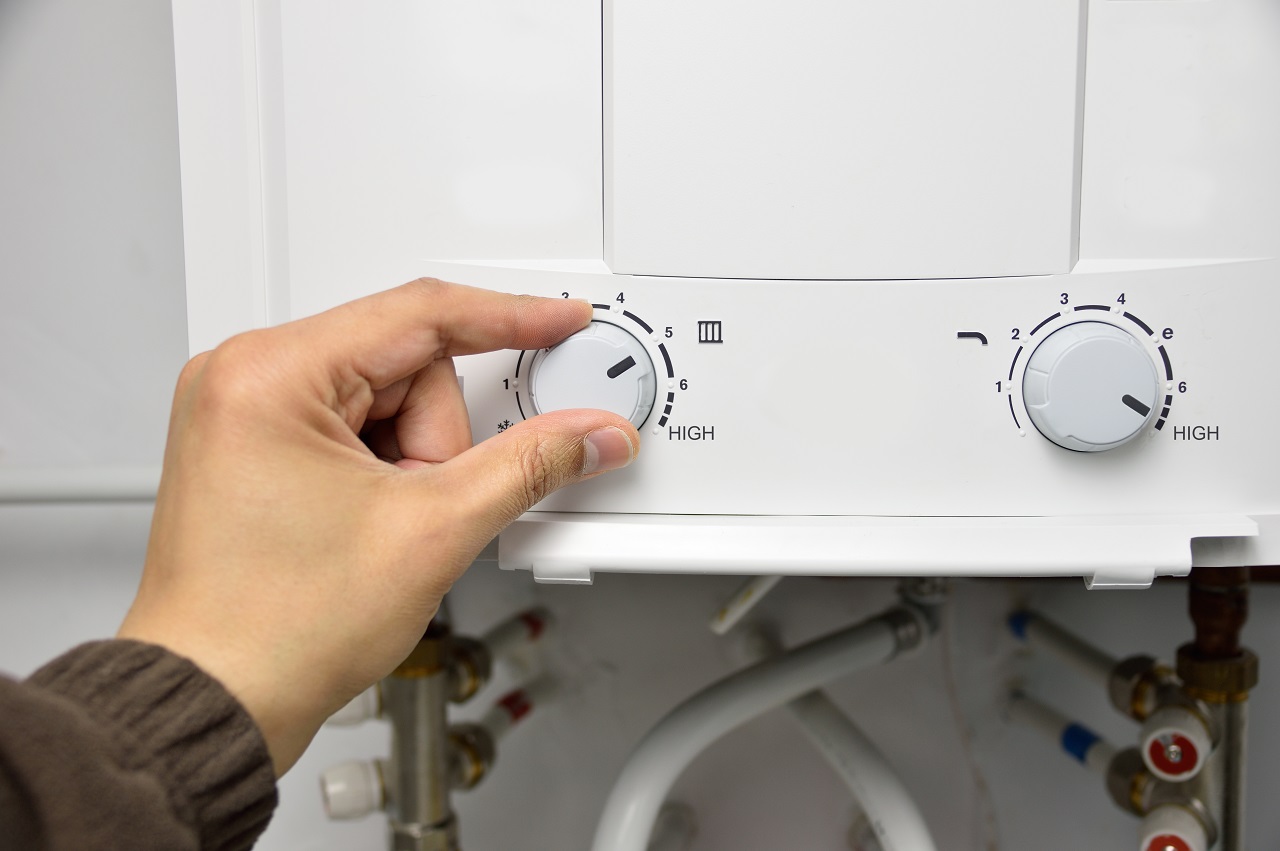
Tankless Water Heater Pros and Cons
On the third day of Creation, God said: “Let there be hot water.” Hot water usage has become essential to our daily lives. We use it from washing our hands to washing dishes to cleaning and showering. Imagine showering with cold water that is 53 °F. It would be better to have a warm shower before you hit the day ahead. So, today we decided to talk about the tankless water heater pros and cons. In this way, you’ll know if a tankless unit is the best choice for you.
Tankless Water Heater Pros and Cons: Is It Right for You?
We’ll first tell you the good things about installing a tankless water heater, and then we’ll pinpoint some drawbacks and even requirements of installing a tankless water heater.
When considering the tankless water heater pros and cons, you should know that tankless units heat water at a flow rate of 2-5 gallons a minute. Though having a higher upfront cost, tankless heaters have a longer life span of 20 years and will save you $100 every year.
Pro #1: Hot Water Instantly !
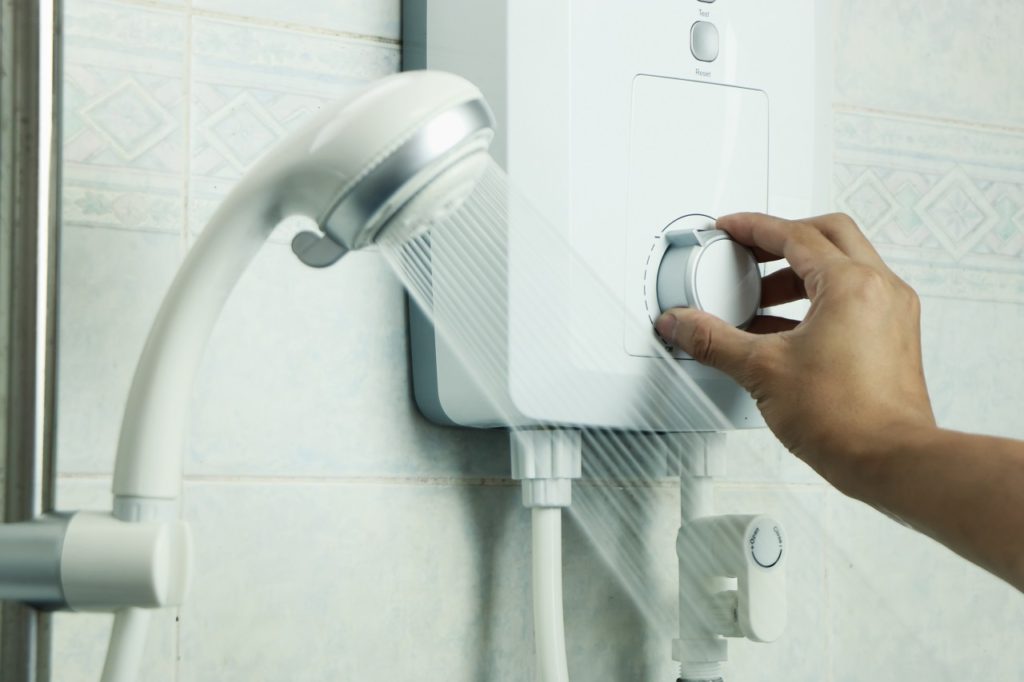
One of the great things about installing a tankless heater is that you’ll have hot water on demand.
At the instant you turn your showerhead on, you’ll have an endless stream of hot water. So, in other words, tankless units can supply hot water with no problem. And you can forget about having bulky storage tanks.
If three or four people in your house take showers in a row, we know that a tankless heater will ensure everyone has an equally warm shower.
Pro #2: 20 Years of Endless Hot Water Supply
When you consider the tankless water heater pros and cons, you should know that a tankless unit has a longer lifespan than bulky tank water heaters.
According to BHI Plumbing Heating & Air Conditioning, “traditional tank-style water heaters are generally expected to last around 10 years.”
On the other hand, a tankless water heater lifespan is 20 years. That means a reliable supply of hot water for 20 years. So, choosing the longer-lasting tankless model can save you from the need for a replacement every 10 years.
Pro #3: On-Demand Water Heating is More Energy-Efficient
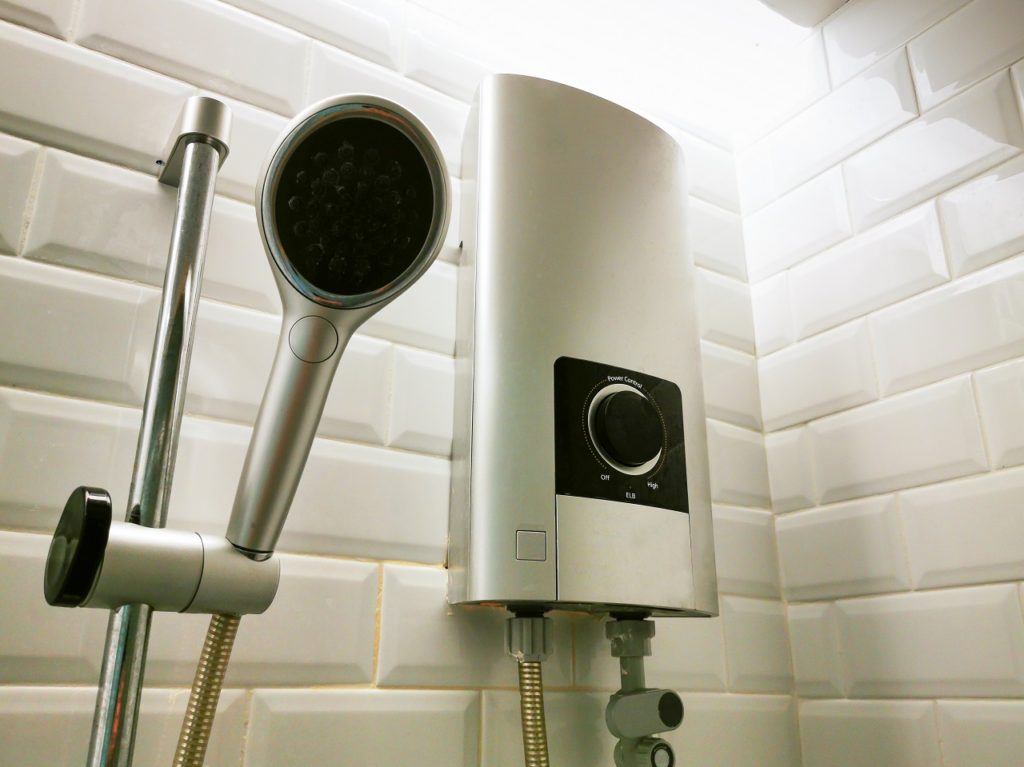
Another important point of the tankless water heater pros and cons is energy efficiency.
Tankless heaters do not rely on reserved water to meet hot water demand. What they do is to heat water as it is needed using gas or electricity.
And when it comes to energy consumption, you might think that heating water instantly may require more power. And you’re right.
But do you know what requires more power? The endless cycle of a tank heater that heats and reheats water, so it is always hot. Even if no one is home, tank water heaters use energy to reheat the water in the storage tank. And that is the biggest flaw of the already bulky tank heaters.
In the end, tankless water heaters use less energy because they heat water only as needed.
Right now, we’ll give you the most important fact about the tankless water heater pros and cons.
According to Constellation, an energy company located in Baltimore, Maryland, “Tankless heaters can be 24-34% more energy-efficient than regular water heaters for households that use 41 or fewer gallons of hot water daily.”
For households that use around 86 gallons daily, a tankless heater is 8% to 14% more energy-efficient than traditional water heaters.
So, if you use around 40 gallons of hot water per day, a tankless water heater can save you from $80 to $100 every year.
Pro #4: Save Space Avoiding a Bulky Tank Water Heater
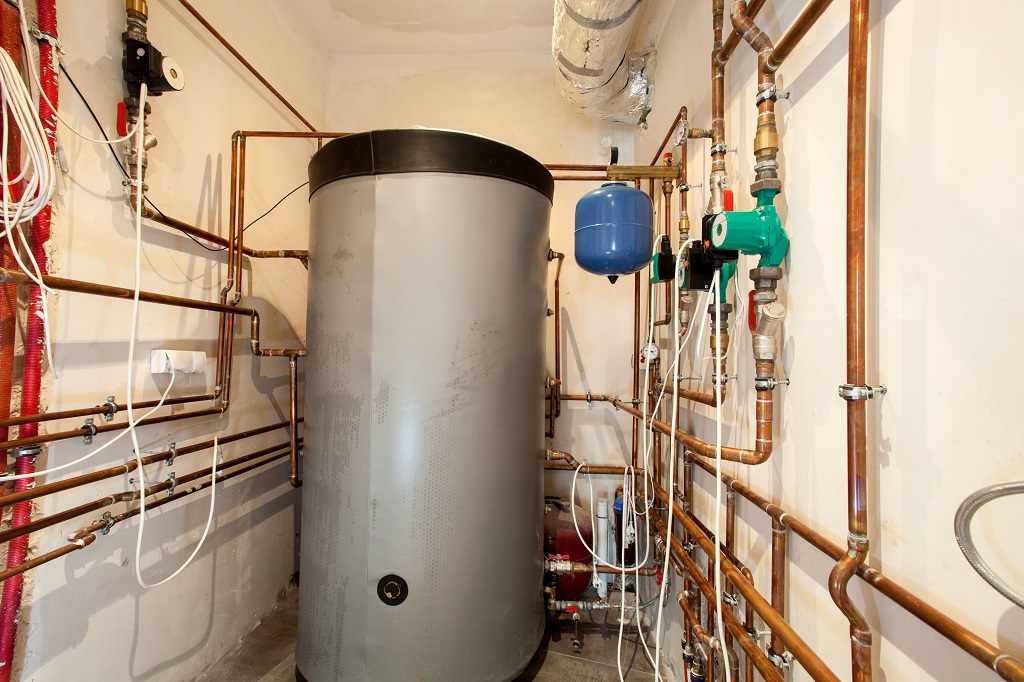
When considering the tankless water heater pros and cons, you need to consider your home space.
Well, tank water heaters are big. How big? These tanks are cylindrical with their standard size of two feet wide in diameter and at least five feet tall—almost the average adult’s size.
On the other hand, tankless units are box-shaped heaters. Their average size is 27 inches tall, 18 inches wide & 10 inches deep.
In smaller homes, saving space with a smaller tankless water heater is a huge benefit. Water storage tanks even look ugly and outdated, while tankless units look sleek and modern.
Installing a tankless unit will free up a good amount of space in your laundry or utility room. So, say goodbye to the giant tank. And enjoy the benefits of installing a tankless water heater.
Con #1: Higher Upfront Cost
Unfortunately, not everything in the garden is rosy. There are some cons of installing a tankless water heater. So, we begin with one of the most common objections, higher installation cost. But we’ll also tell you about other drawbacks of this modern heater.
When weighing up the tankless water heater pros and cons, the installation cost is a decisive factor.
A tankless water heater means a larger upfront investment when compared to traditional storage tank heaters.
A tankless water heater can cost up to three times more than a storage tank heater. And sadly, not all people can afford a tankless water heater.
The price tag range for high-quality & long-lasting gas tankless units start at about $500 and could go up to more than $2,000.
Now, to the initial cost, you have to add the installation cost. Those aren’t pennies!
According to Fixr, a website that compares the costs of different remodeling projects, estimates that the average cost to install a tankless water heater is $2,810.
Tankless water heaters are more expensive due to higher installation costs. Sometimes, you need to modify your wiring system to handle the increased load, or if you choose a gas heater, you’ll need to install a new vent pipe to remove gas.
Traditional water heaters have a lower price tag. And since they have been around longer, more professionals know how to install them at a lower labor cost.
Con #2: Limited Flow Rates & Inconsistent Temperatures
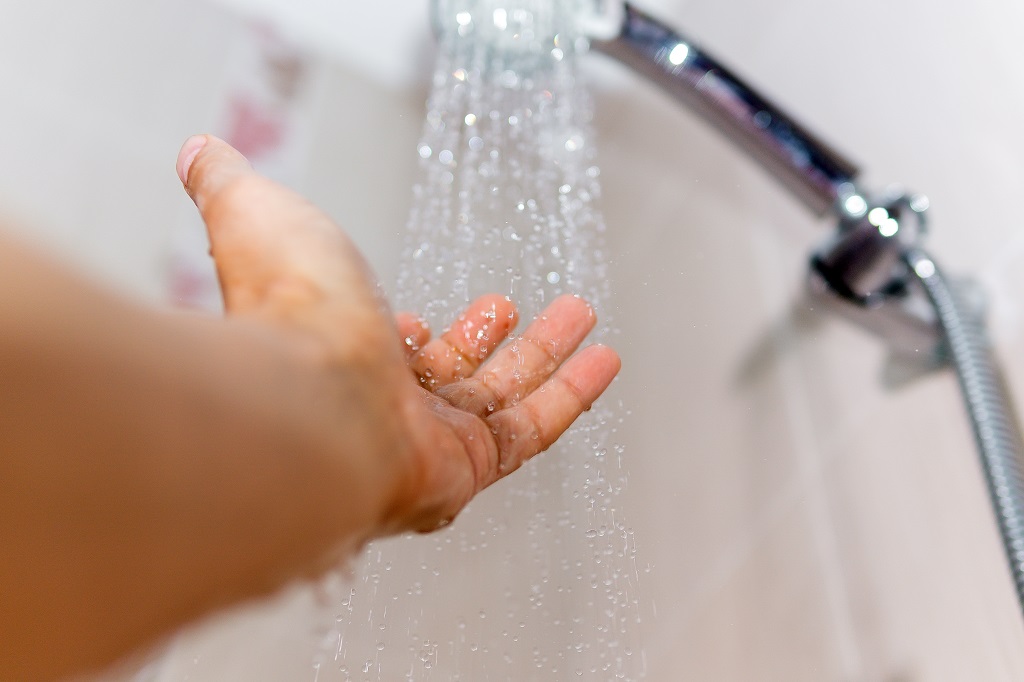
Another key factor to consider when looking at the tankless water heater pros and cons is your hot water usage.
Your water heater’s ability to meet your hot water needs will depend on your appliances’ flow rates such as shower, washing machine, dishwasher, etc., as well as your water heater’s capacity.
Most on-demand water heaters provide hot water in the range of 2 to 5 gallons per minute.
Let’s say you have a shower head with a flow rate of 2 gallons per minute (GPM), a washing machine that uses 3 GPM. A heater that supplies hot water at a rate of 5 gallons per minute can deal with that.
But the supply of hot water will tumble if someone is taking a shower, another is doing laundry, and a third person is using the dishwasher simultaneously.
There you’ll have inconsistent temperatures. And we know that it sucks to run out of hot water while showering. If you can spread out your hot water usage throughout the day, a house tankless water heater is a great option.
But, if you can’t avoid peaks in hot water usage, you might need to install more than one tankless water heater to meet the demand. Or you could stick with the traditional water heater to avoid running out of hot water or having an inconsistent temperature.
